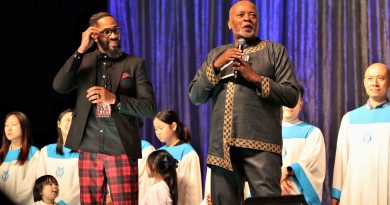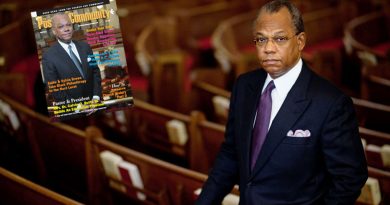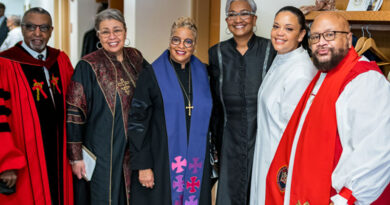27 Important Facts Everyone Should Know About The Black Panthers
The Black Panther Party was founded fifty years ago — and still, many misconceptions about its revolutionary work run rampant.
“The Black Panthers: Vanguard of the Revolution,” a documentary by Stanley Nelson which aired onPBS Tuesday, shined a necessary light on the contributions, convictions and struggles of members in the party. Nelson’s informative film took a deep dive into discussing the truth behind the Black Panthers and underscored the heavy institutional backlash the liberation movement received from police and the government.
From the group’s radical inception in 1966 to it’s dissolve in 1982, here are a few important things you must know to better understand the Black Panthers.
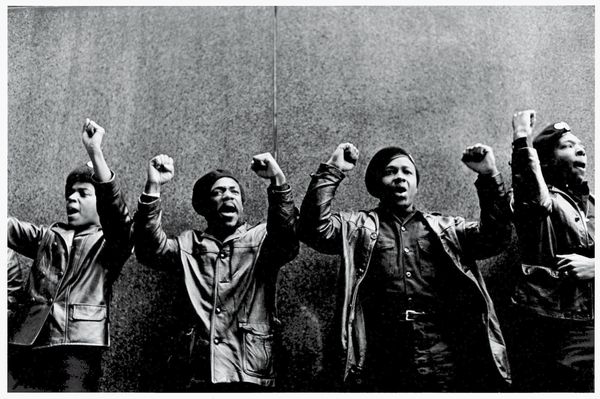
David Fenton via Getty Images
1. The Black Panthers’ central guiding principle was an “undying love for the people.
The Black Panther Party for Self-Defense, otherwise known as the Black Panther Party (BPP), was established in 1966 by Huey Newton and Bobby Seale. The two leading revolutionary men created the national organization as a way to collectively combat white oppression. After constantly seeing black people suffer from the torturous practices of police officers around the nation, Newton and Seale helped to form the pioneering black liberation group to help build community and confront corrupt systems of power.
2. The Black Panthers outlined their goals in a 10-point program.

Barton Silverman via Getty Images
The Black Panthers established a unified platform and their goals for the party were outlined in a 10 point plan that included demands for freedom, land, housing, employment and education, among other important objectives.
3. Black Panthers monitored the behavior of the police in black communities.
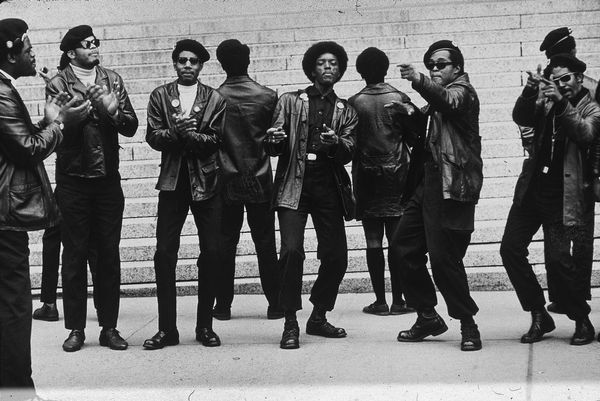
Jack Manning via Getty Images
In 1966, police violence ran rampant in Los Angeles and the need to protect black men and women from state-sanctioned violence was crucial. Armed Black panther members would show up during police arrests of black men and women, stand at a legal distance and surveil their interactions. It was “to make sure there was no brutality,” Newton said in archival footage, as shown in the documentary. Both Black Panther members and officers would stand facing one another armed with guns, an act that agreed with the open carry law in California at the time. These confrontations, in many ways, allowed the Panthers to protect their communities and police the police.
4. The party grew tremendously and drew attention in cities everywhere.
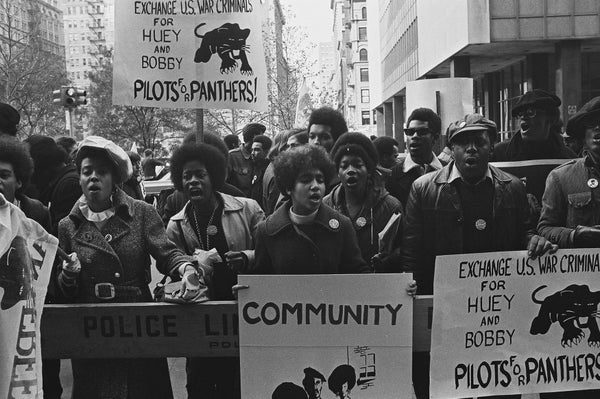
David Fenton via Getty Images
The party’s goal in increasing membership wasn’t aimed at recruiting church goers, as explained in the documentary, but to recruit the everyday black person who faced police brutality. When black people across the nation saw the Panther’s efforts in the media, especially after they stormed the state capitol with guns in Sacramento in 1967, more men and women became interested in joining. The group also took on issues like housing, welfare and health, which made it relatable to black people everywhere. The party grew rapidly — and didn’t instill a screening process because a priority, at the time, was to recruit as many people as possible.
5. “Free Huey” became an infectious rallying cry following Huey Newton’s arrest in 1987.

David Fenton via Getty Images
In 1967, Newton was charged in the fatal shooting of a 23-year-old police officer, John Frey, during a traffic stop. After the shooting, Newton was hospitalized with critical injuries while handcuffed to a gurney in a room that was heavily guarded by cops. As a result of his hospitalization and arrest, Eldrige Cleaver took leadership of the Panthers and demanded that “Huey must be set free.” The phrase was eventually shortened to “Free Huey,” two words which galvanized a movement demanding for Huey’s release.
6. The Black Panthers affirmed black beauty, which helped to attract more members.

David Fenton via Getty Images
The sight of black men and women unapologetically sporting their afros, berets and leather jackets had a special appeal to many black Americans at the time. It reflected a new portrayal of self for black people in the 1960s in a way that attracted many young black kids to want to join the party — some even wrote letters to Newton asking to join. “The panthers didn’t invent the idea that black is beautiful,” former member Jamal Joseph said in Stanley’s documentary. “One of the things that Panthers did was [prove] that urban black is beautiful.”
